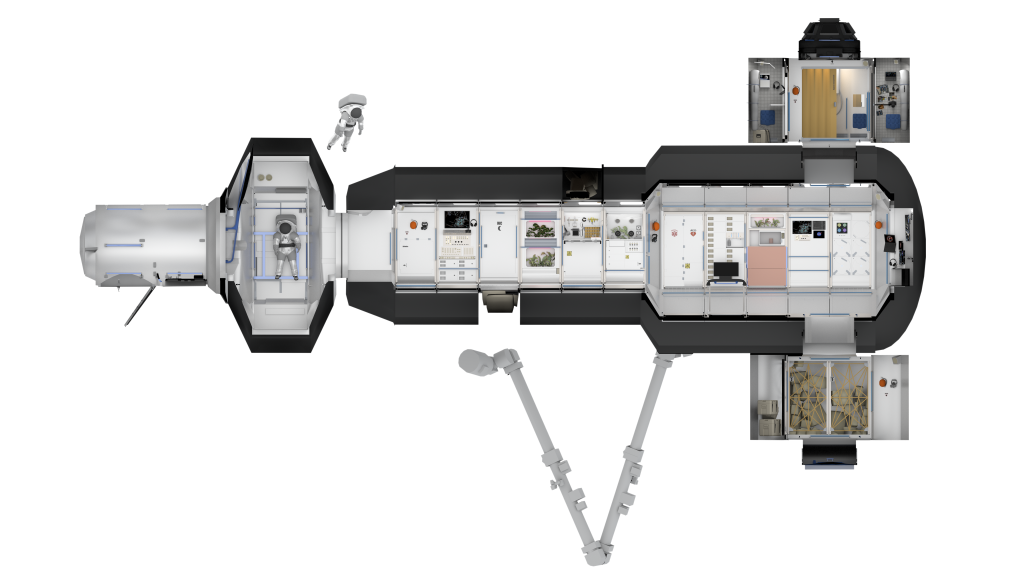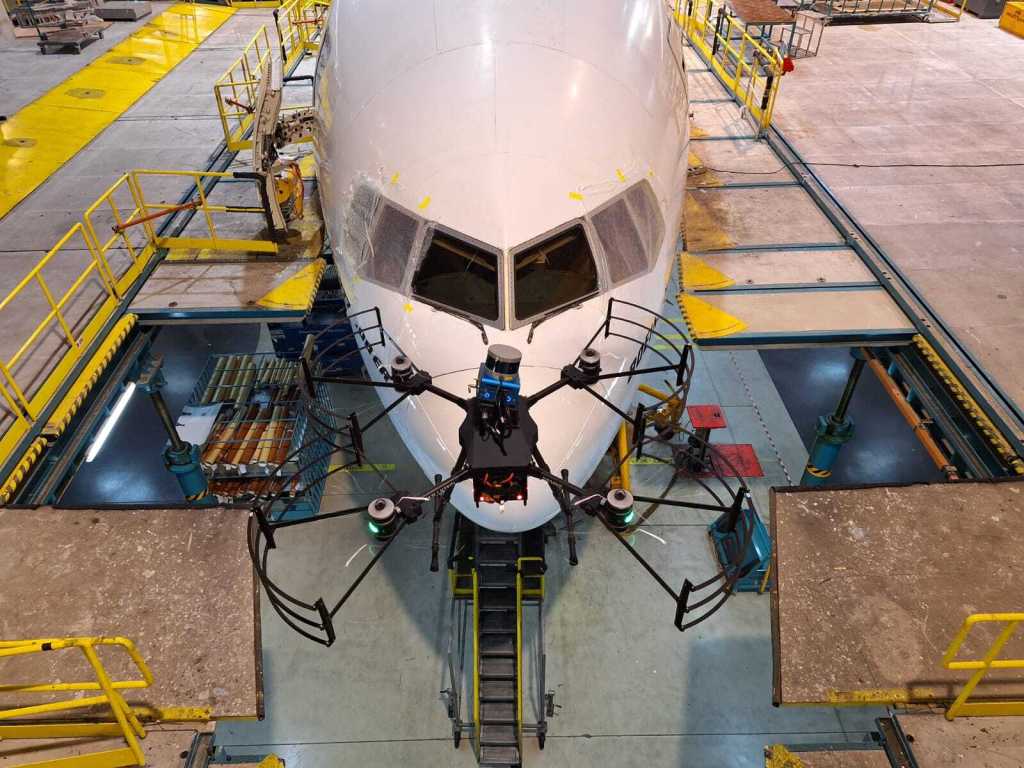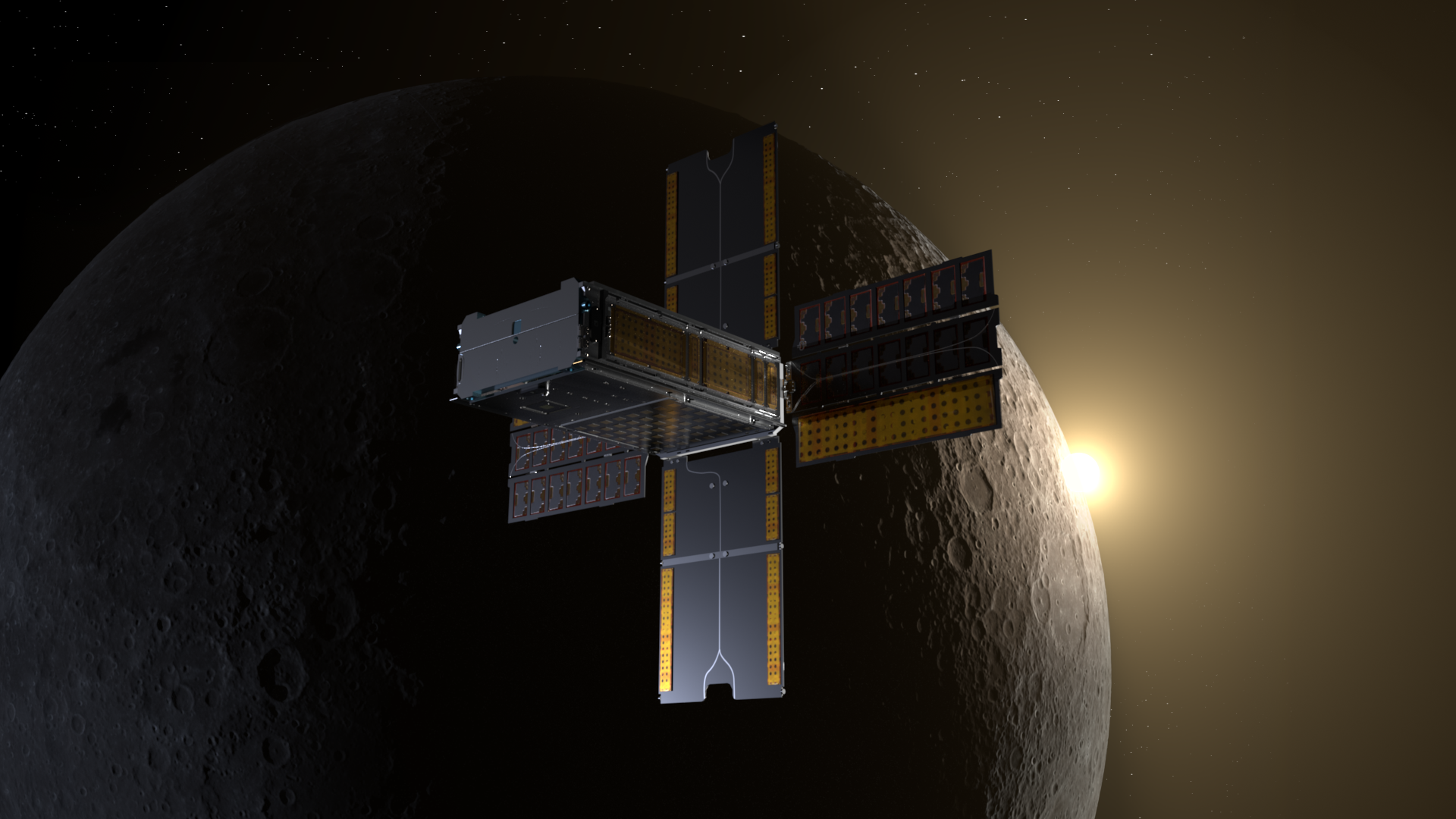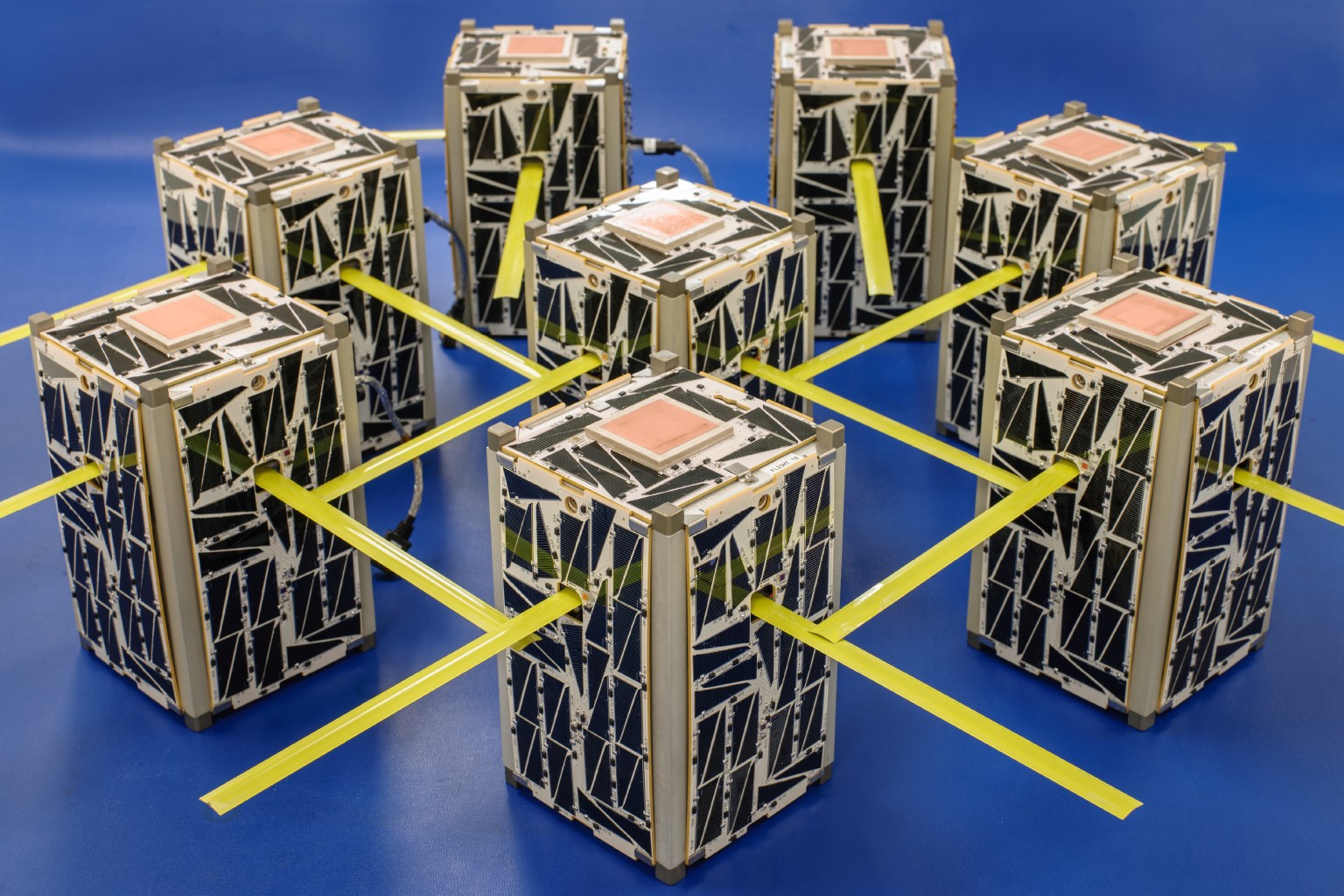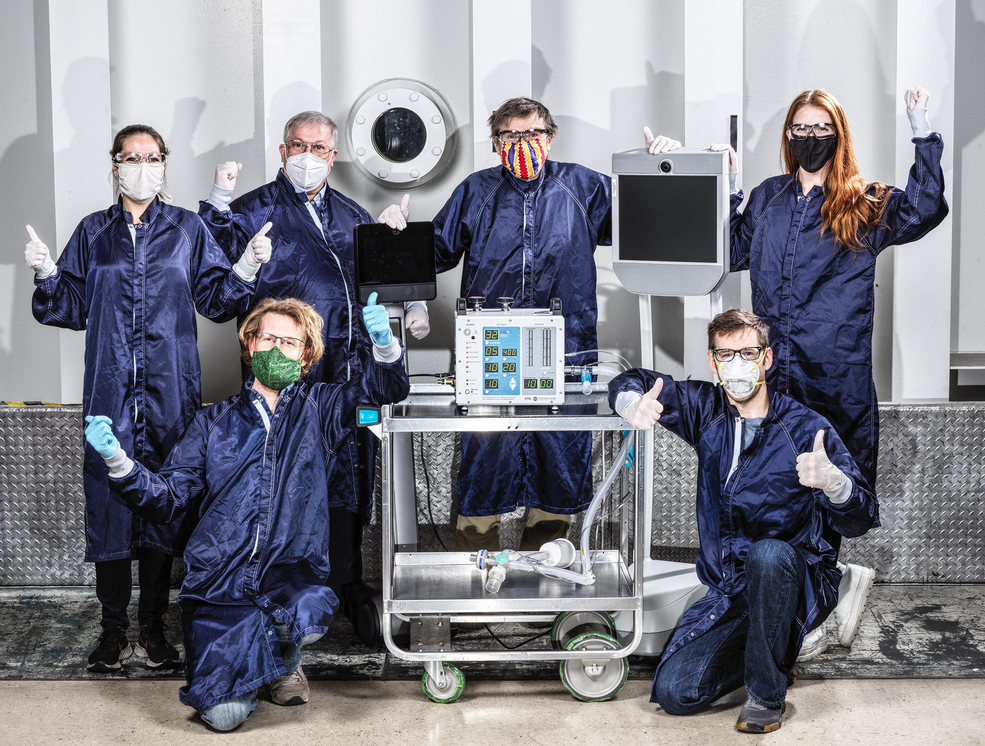Biosentinel
NASA’s BioSentinel, a six-unit (6U) CubeSat, launched to deep space on Nov. 16, 2022. The spacecraft remains healthy and continues to study space radiation on its deep space jouney, traveling approximately 16 million miles further away from Earth every year. The BioSentinel mission was selected as one of the secondary payloads – and the sole biological experiment – to have the rare opportunity to catch a ride to deep space on Artemis I, the first integrated flight test of NASA’s Space Launch System. The primary objective of BioSentinel is to develop a biosensor instrument to detect and measure the impact of space radiation on living organisms over long durations beyond low Earth orbit. While progress identifying and characterizing biological radiation effects using Earth-based facilities has been significant, no terrestrial source can fully simulate the unique radiation environment encountered in deep space.
BioSentinel’s BioSensor is a miniature biotechnology laboratory designed to measure how living yeast cells respond to long-term exposure to space radiation. At its core is a set of microfluidics cards that contain dry yeast cells. BioSentinel uses the budding yeast Saccharomyces
cerevisiae to query the biological response to ambient deep space radiation, including DNA damage like the formation of double strand breaks (DSBs). DSBs are deleterious DNA lesions that are generated by exposure to highly energetic particles in the deep space radiation spectrum. Often, DSBs are repaired without errors by the cell. The BioSensor contains two genetically engineered yeast strains: a wild type strain that serves as a control for yeast health and “normal” DNA damage repair, and a rad51 deletion strain, which is defective for DNA damage repair, and will therefore undergo alterations to growth and metabolism as it accumulates radiation damage. Samples of yeast are activated at different time points throughout BioSentinel’s mission and detected by the BioSensor payload.
Growth and metabolic activity of the yeast cells are measured using a 3-color LED detection system and a metabolic indicator dye. Biological measurements are compared to radiation data provided by a second payload, an onboard physical sensor and dosimeter (a Linear Energy Transfer spectrometer) to obtain total ionizing radiation dose and particle characterization, and to Earth-based experiments using relevant energetic particle types, energies, and doses. Payload science data are stored onboard the spacecraft and downlinked to Earth via the Deep Space Network (DSN).
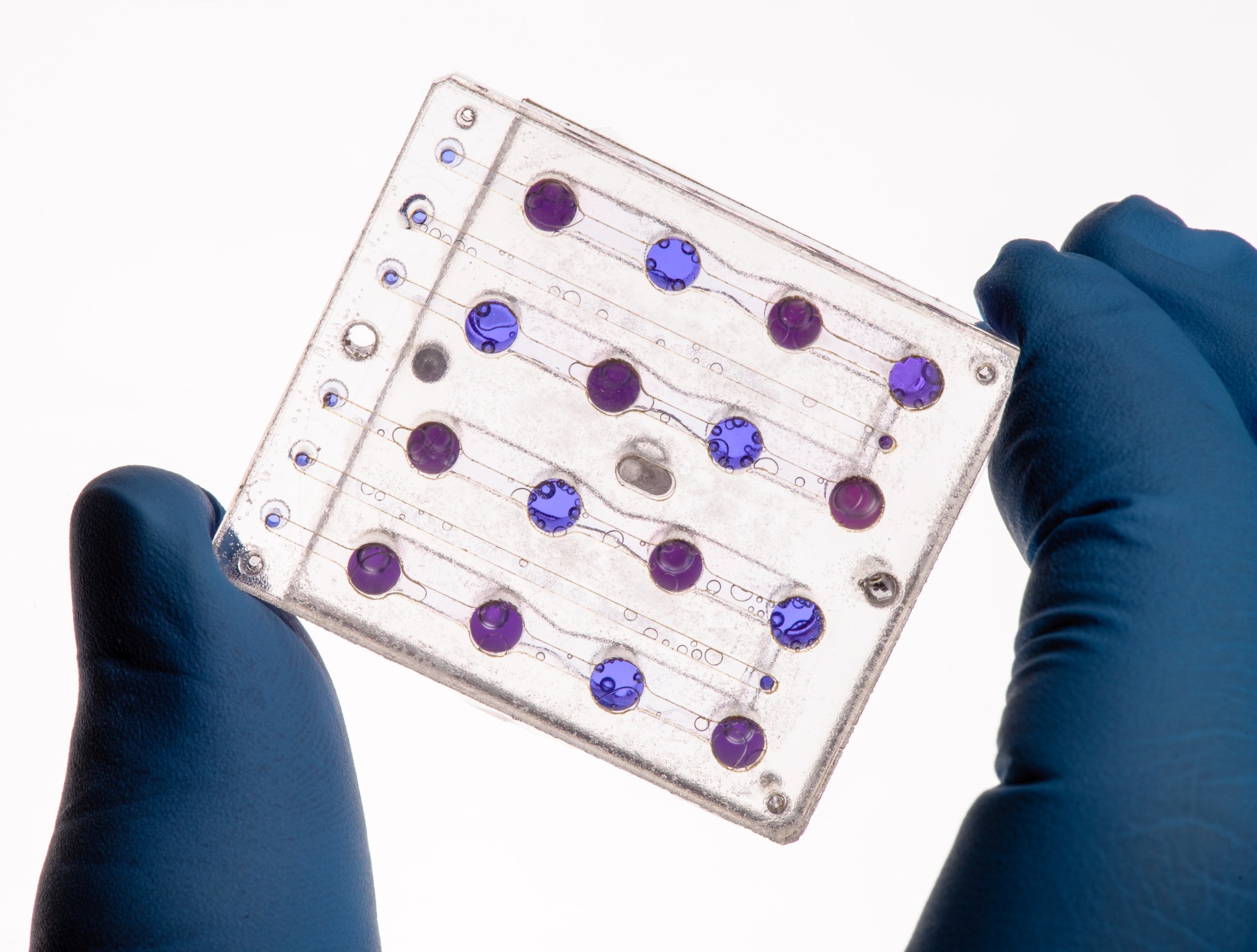
Additionally, identical BioSentinel payloads were developed: one for the International Space Station, which was flown in similar microgravity conditions but a comparatively low-radiation environment, and two for use as delayed-synchronous ground controls at Earth gravity and Earth-surface-level radiation. Thus, the BioSentinel payloads help calibrate the biological effects of radiation in deep space to analogous measurements conducted on Earth and on the station.
Shortly after launch, the BioSentinel spacecraft deployed to a lunar flyby trajectory, from which it entered an Earth-like heliocentric orbit. After completing the lunar flyby and spacecraft checkout, the science mission phase began with the rehydration of the first set of two yeast-containing microfluidic cards. The BioSentinel team successfully operated the BioSensor hardware in deep space but did not observe any yeast cell growth. The team determined that deep space radiation was not the cause of the inactive yeast cells, but that their lack of growth was likely due to the yeast expiring after extended storage time of the spacecraft ahead of launch.
BioSentinel’s science mission phase was extended as the team continued to operate their second payload, the LET spectrometer. This instrument characterizes the total cumulative dosage seen by the spacecraft and the type of radiation based on the energy of each ionizing particle. The solar system entered solar maximum in 2024 where the highest levels of radiation (primarily protons) are emitted from the Sun. The team was able to take advantage of this opportunity to gather radiation levels outside the Earth-Moon influence. These data will support space biology, astrobiology, and heliophysics in understanding radiation in our solar system and the potential effects on terrestrial organisms.
BioSentinel set out to conduct the first study of the biological response to space radiation beyond low Earth orbit in almost 50 years to address strategic knowledge gaps related to the biological effects of space radiation. The mission provides an adaptable platform to perform human-relevant measurements in multiple space environments in the future, including on Moon and Mars landers, and orbiters. BioSentinel informs engineering teams developing future missions including NASA’s BioSensor-based Lunar Explorer Instrument for space biology Applications (LEIA) science suite that will bring yeast to the lunar surface to study its response to radiation, lunar gravity, and the effect on biomanufacturing.
Artemis missions at the Moon will prepare humans to travel on increasingly farther and longer-duration missions to destinations like Mars. Results from the BioSentinel and LEIA missions will fill critical gaps in knowledge about the health risks in deep space posed by space radiation.
The BioSentinel mission was funded by the Mars Campaign Office within the Exploration Systems Development Mission Directorate at NASA Headquarters. BioSentinel’s extended mission is supported by the Heliophysics Division of NASA’s Science Mission Directorate. Partner organizations include NASA’s Ames Research Center for the development of BioSentinel, and NASA’s Johnson Space Center for the LET spectrometer.
Learn more about BioSentinel:
Points of Contact:
Matthew Napoli
Project Manager
NASA Ames Research Center
Matthew.C.Napoli@nasa.gov
Sergio R. Santa Maria
Lead Scientist
NASA Ames Research Center
Sergio.R.SantaMaria@nasa.gov








